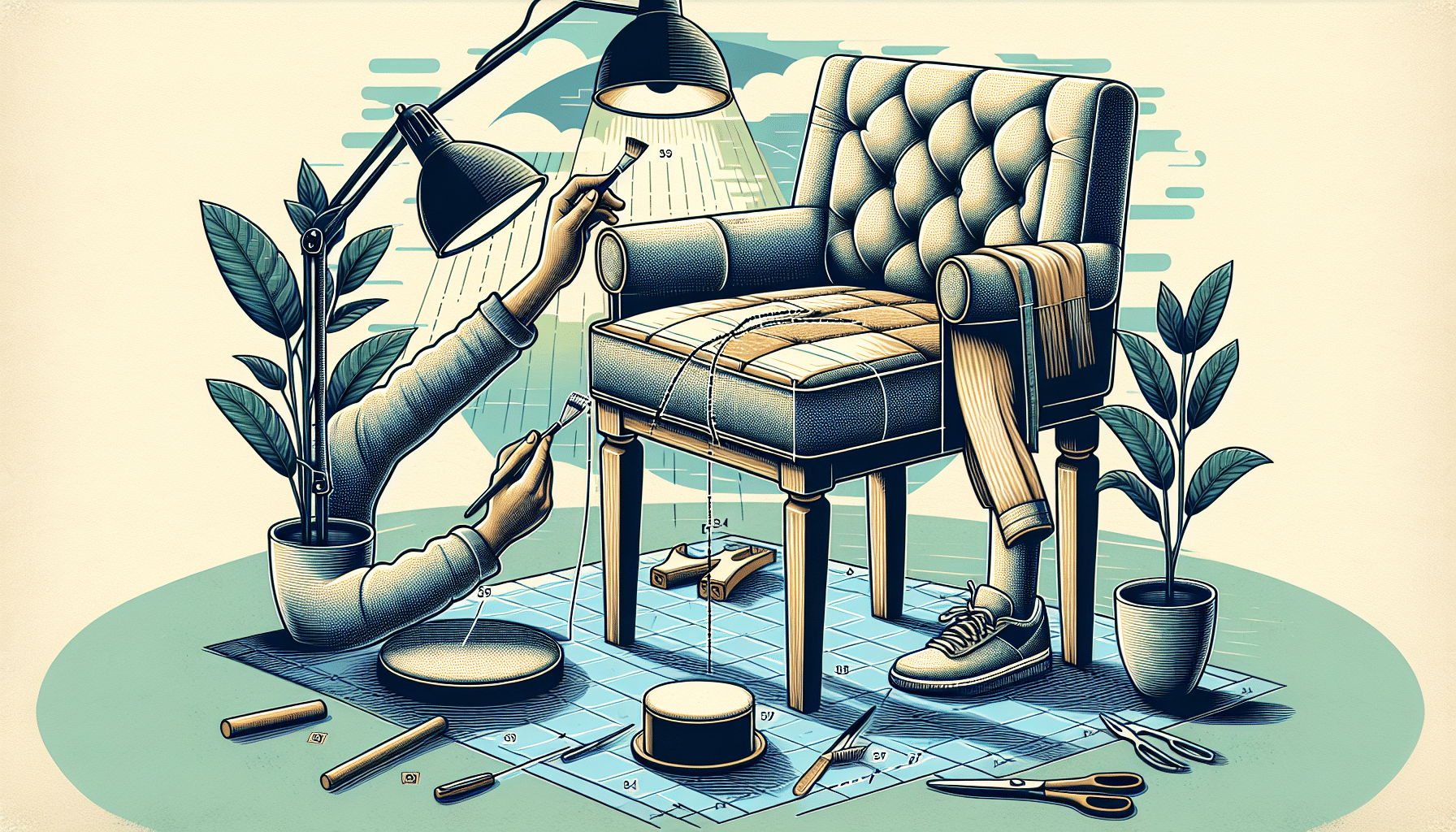The art of upholstering chairs with backs has resurfaced in popularity in recent times, attracting DIY enthusiasts and those looking to revitalize their home decor. This trend aligns with the growing desire to personalize spaces and commitment to sustainability, driving many people to restore their furniture rather than opting for new purchases.
The process of upholstering chairs combines creativity and technique, giving homeowners the opportunity to breathe new life into their furniture while expressing their personal style. For those daring enough to take on this task, it is essential to have the right tools and follow a meticulous approach to ensure a professional finish.
The first recommended step is to select the appropriate chair. Chairs with backs stand out as an ideal option, as they offer a wide surface where new fabric can be applied. It is crucial to choose a material that is both aesthetic and durable, taking into account the chair’s intended use.
Once the chair is chosen, the next step is to remove the old upholstery. This process involves unscrewing any visible screws and using tools such as a screwdriver or pry bar to remove the staples holding the material to the frame. Patience is key in this process to avoid damaging the chair’s structure.
After removing the old upholstery, the surface is prepared, which may include sanding the wood and, in some cases, applying paint or varnish to renew it. The choice of color and finish can have a significant impact on the final result.
With the structure ready, comes the most creative part: the placement of the new fabric. It is suggested to measure the area of the backrest and seat of the chair, cutting the material with enough margin to wrap the edges. It is crucial to ensure that the fabric design is correctly aligned before proceeding to secure it.
A popular technique for upholstering the backrest involves using a stapler to secure the material, starting from the center and working towards the edges to ensure the fabric is tight and uniform. At the edges, a more elegant finish, such as a decorative cord or tape, can be chosen.
Finally, experts recommend one last detail: personalizing the chair legs or adding cushions that complement the new style. This additional touch not only enhances the aesthetics but also increases comfort when sitting.
Upholstering chairs with backs has evolved into a form of both personal and environmental renovation. With dedication and care, anyone can transform a forgotten piece of furniture into a unique and functional piece. In a context where customization and sustainability are increasingly valued, learning to upholster becomes a skill that is not only rewarding but also practical, providing furniture that truly reflects the creator’s personality.
Source: MiMub in Spanish











